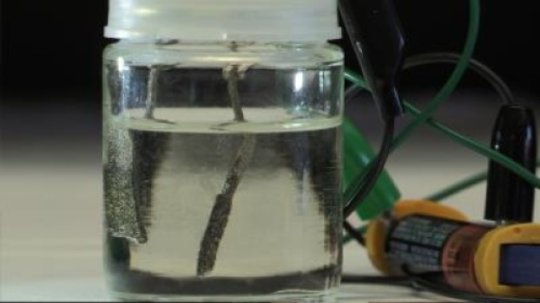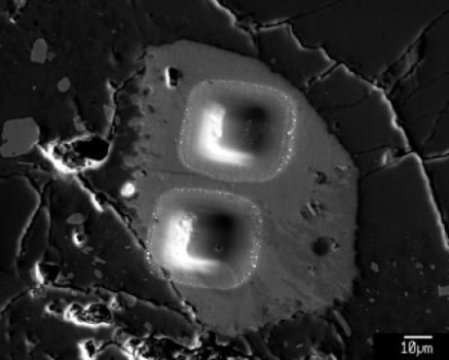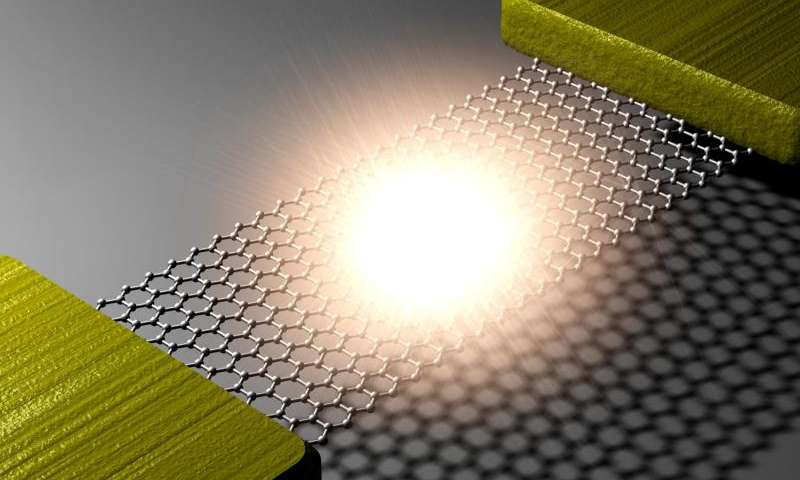Researchers have long known that there was water in the form of ice on Mars. Now, new research from NASA’s Mars rover Curiosity shows that it is possible that there is liquid water close to the surface of Mars. The explanation is that the substance perchlorate has been found in the soil, which lowers the freezing point so the water does not freeze into ice, but is liquid and present in very salty salt water — a brine. The results are published in the scientific journal Nature.

The researchers believe that Gale Crater was a large lake between 3.5 and 2.7 billion years ago. Mount Sharp, which is now an approximately five kilometer tall mountain in the middle of the crater, was probably formed by deposits from the crater and the surrounding area.
“We have discovered the substance calcium perchlorate in the soil and, under the right conditions, it absorbs water vapour from the atmosphere. Our measurements from the Curiosity rover’s weather monitoring station show that these conditions exist at night and just after sunrise in the winter. Based on measurements of humidity and the temperature at a height of 1.6 meters and at the surface of the planet, we can estimate the amount of water that is absorbed. Read more











